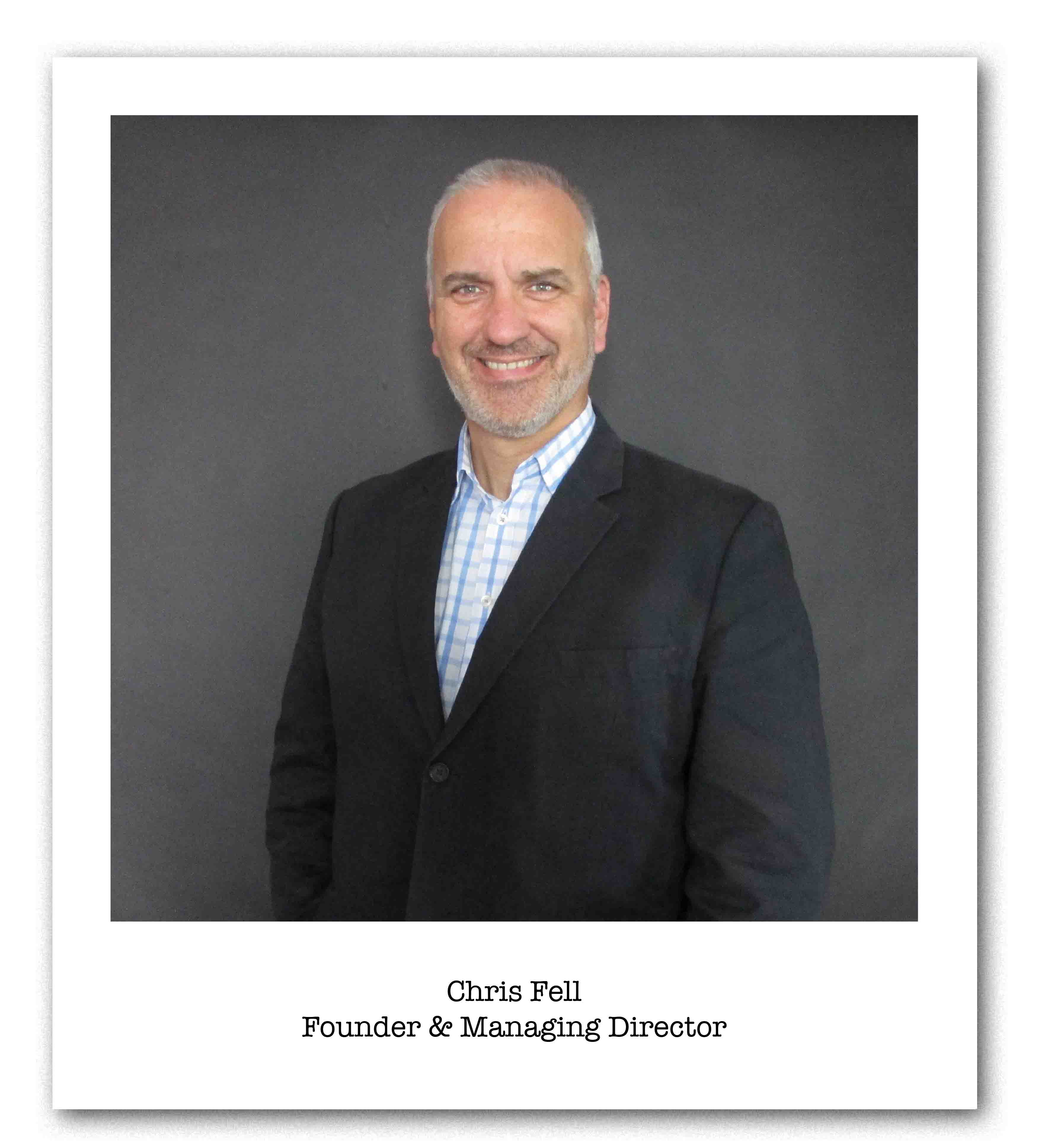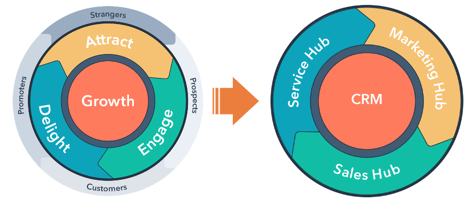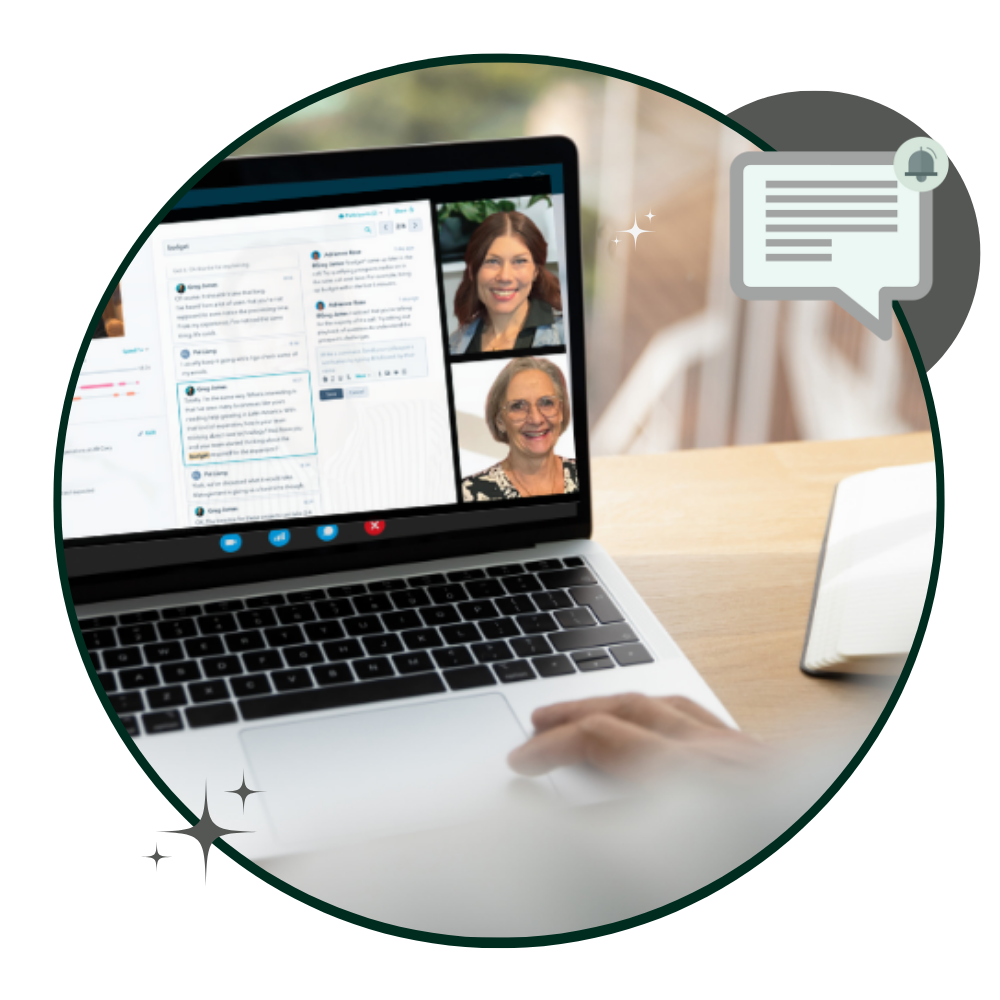Get WISER with Your AI Prompts - A guide for sales managers
Everyone’s wittering on about AI like it’s the second coming. But here’s the rub: if you give it half-baked prompts, you’ll get half-baked answers....
3 min read
 Chris Fell
16/11/2021 1:47:52 PM
Chris Fell
16/11/2021 1:47:52 PM
It must no longer be leads = marketing, prospects = sales, customers = service, three independent silos of data and insight and only loosely aligned teams.
| Marketing | Sales | Service |
| Email marketing | Pipeline management | Help desk ticketing |
| Forms for lead capture | Deal Tracking |
Live chat |
| A contact's website activity | Reporting dashboards | ChatBots |
| Reporting dashboards | Company Insights | FAQs |
| Contact management | Contact management | Email templates |
| Lead generation | Call tracking | Open/Closed ticket reporting |
| Meeting scheduler | ||
| Gmail & Outlook integration | ||
| Task and activity lists |

At g2m we always start our work by ensuring a robust, built for purpose CRM is sitting at the heart of the HubSpot software which we are configuring, installing, building and training for our customers. We wouldn't do it any other way.
Your goal must be to create "one source of the truth" for all the information you have about your customers.
If you are rethinking your current approach to CRM, we'd be happy to have a no-commitment up front discussion. Or if you are ready to jump right in and start experimenting, just sign up to to HubSpot's entirely free CRM.
Subscribe to our latest news and updates on HubSpot.

Everyone’s wittering on about AI like it’s the second coming. But here’s the rub: if you give it half-baked prompts, you’ll get half-baked answers....

The business world is falling head over heels for AI—and who can blame it? With promises to reduce grunt work, uncover insights, and turbocharge...

Search is evolving - fast. For two decades, SEO has revolved around Google’s algorithm: keywords, backlinks, metadata, and page speed. But with the...